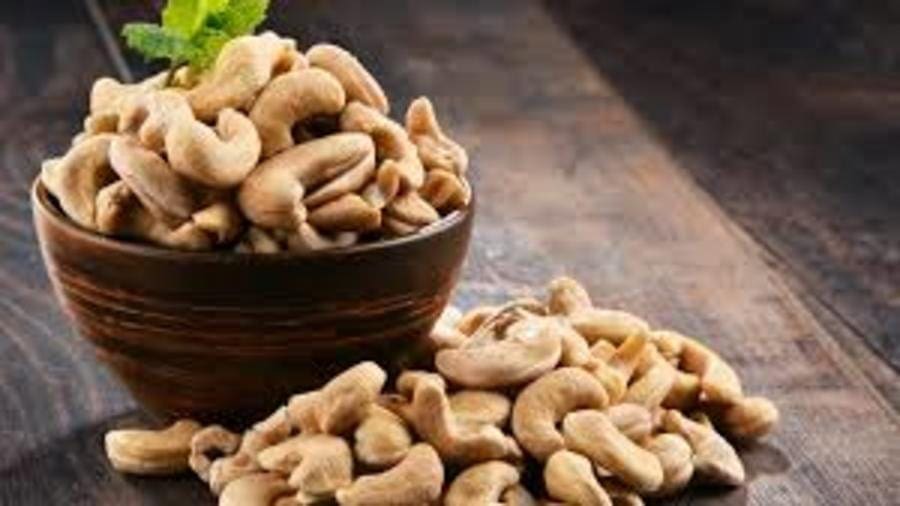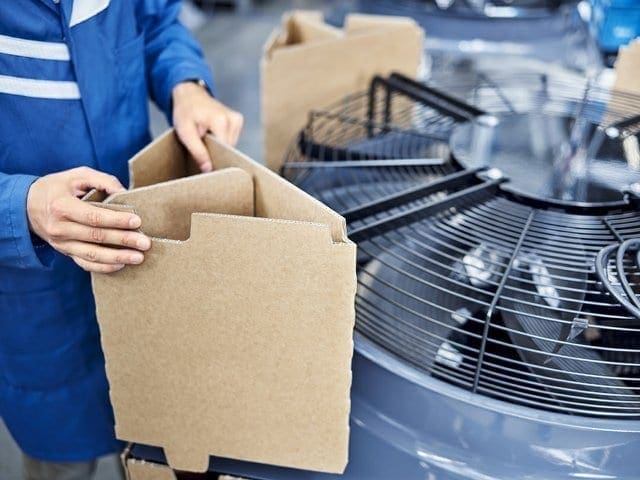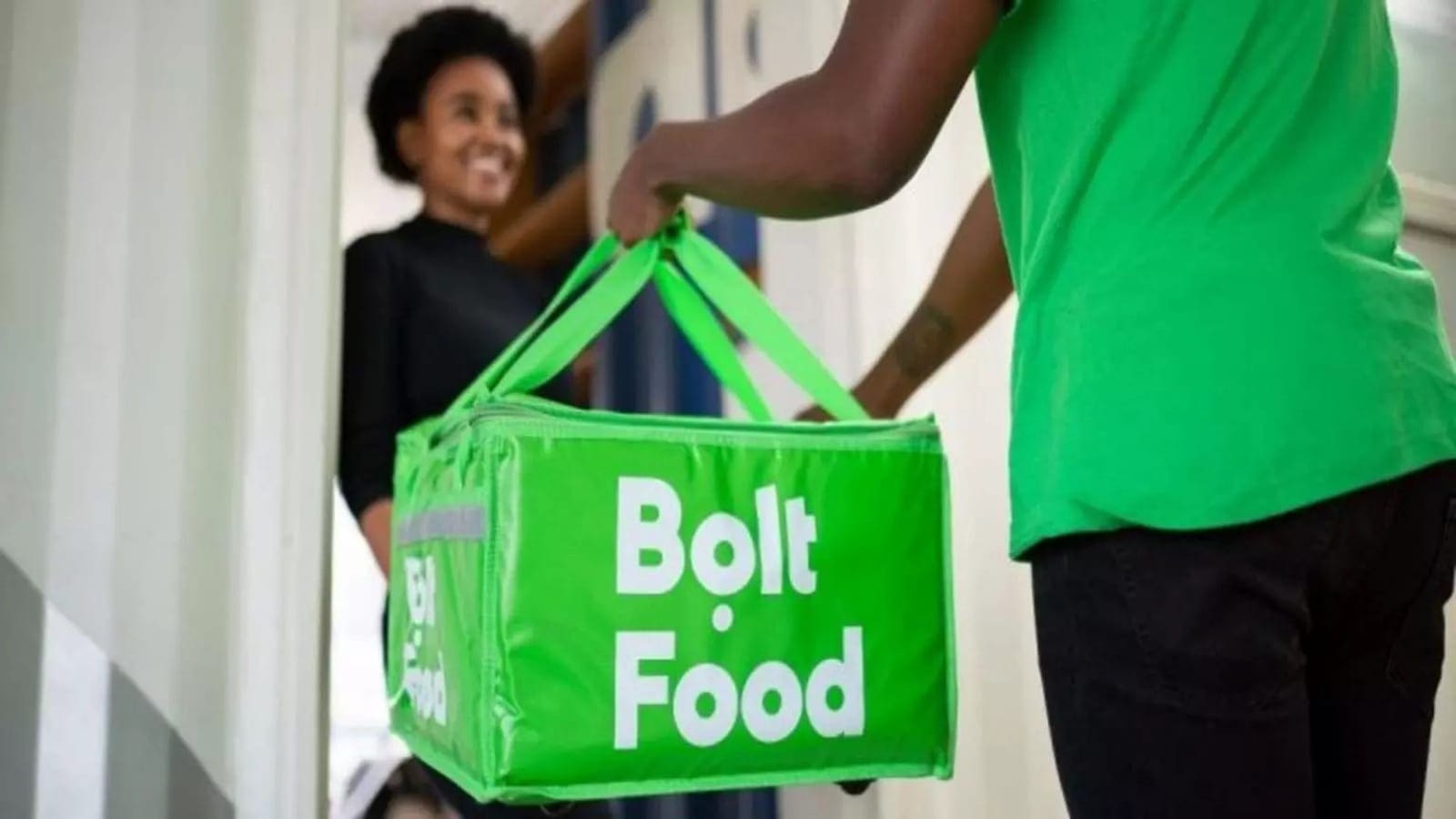MOZAMBIQUE – The Mozambican government intends to negotiate with India for a tariff reduction subjected on Cashew nuts exports from 70% to 45%.
According to the Director of the Cashew Institute, Ilídio Bande the negotiation should follow the example of what has been achieved for other crops, such as pigeon peas, which three years ago obtained exceptional measures for exports to India due to market conditions.
According to Bande, the cashew has a 70% surcharge on the price when it arrives in India, which began to be applied in mid-2019. If the rate were lowered to 45%, it will enable entrepreneurs to earn ample profit.
India is the world’s largest cashew processor, with about a million tonnes of cashew processed each year.
Between 2017 and 2019, Mozambique exported globally more than 80,000 tonnes of raw nuts, yielding US$116 million. India is the destination of 76% of produce, followed by Europe (36%), USA (30%) and Vietnam (24%).
Cashew production is the main source of income for close to 1.4 million rural producers in Mozambique.
As one of only a few reliable cash crops that farmers can grow, cashew production is the economic backbone of thousands of communities throughout the country.
Smallholder cashew producers typically manage small farms with 10 to 20 cashew trees mixed with other crops.
During the harvest, which occurs from October to February in Mozambique, the average cashew farmer produces about 100 kilograms of raw nut.
Over the past few years, one of the greatest challenges for Mozambique’s cashew industry has been declining productivity of the country’s cashew trees.
Since the civil war ended in 1992 and Cyclone Naida destroyed 40% of plantation areas in 1994, very few new trees have been planted to replace those that were destroyed or had outlived their productive lifespan.
As a result, yearly yields in the country’s cashew producing regions have been well below their potential.
Production is now being revitalized, however, through new planting initiatives and distribution of seedlings, as well as farmer extension programs and improved input delivery systems.










